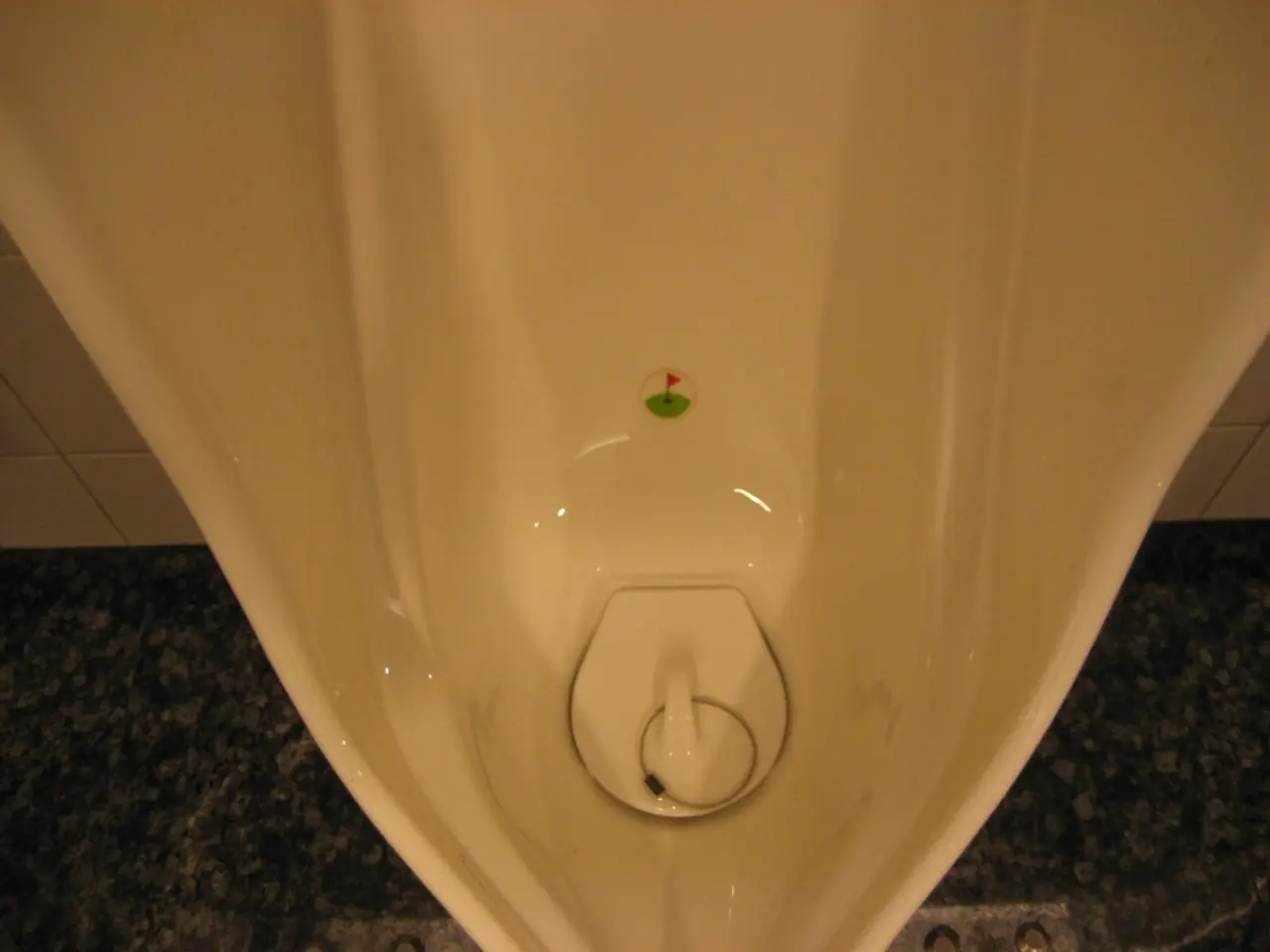Is it Possible that Aliens, Small as Fish, Reside Beneath Europa's Frozen Surface?
Exploring Europa: A Moon with Potential for Life
New findings from various studies and upcoming missions are shedding light on the possibility of life on Jupiter's moon, Europa. The global ocean beneath its icy surface, believed to be up to 100 miles deep with no landmasses, has been a subject of immense interest due to its potential habitability.
One such mission, the NASA-led Europa Clipper, is scheduled for launch in October 2024. Its objective is to seek signs of habitability and potential life on Europa. The mission's findings could potentially confirm or disprove the presence of life on the moon, as well as provide more insight into its geological activity, chemical reactions, and the amount of oxygen in its ocean.
Recent research suggests that Europa's ocean is receiving more than a hundred times the amount of oxygen previously estimated, potentially sustaining around three million tons of fishlike creatures, according to study author Richard Greenberg. This oxygen influx could theoretically support a rich and diverse ecosystem.
The geological activity on Europa appears to be sufficient to potentially support life. Europa's "chaos terrains" are areas where fractured ice blocks have broken apart and refrozen, revealing active processes that push material from the subsurface ocean toward the surface and vice versa. This ongoing exchange facilitates chemical cycling critical for life.
Experimental work shows that oxidants like hydrogen peroxide are produced on Europa's surface by irradiation of water ice containing carbon dioxide and other species. These oxidants may be cycled back into the ocean and react with reductants from the ocean floor, generating chemical energy potentially usable by life forms.
Geological models and analogies with Earth's deep oceans suggest that Europa may have a molten core generating heat, leading to hydrothermal vent activity on the ocean floor. On Earth, such vents host microbial ecosystems independent of sunlight, providing a model for possible life on Europa.
JWST data and related analyses have overturned previous ideas of Europa as a static icy moon, showing that its surface is actively reshaping and allowing material exchange between ocean and surface, which is essential for habitability.
Timothy Shank, a deep-sea molecular ecologist, stated that he would be shocked if no life existed on Europa, emphasizing the similarities between Europa's seafloor and Earth's deep-ocean hydrothermal vents. The findings from the Europa Clipper mission could potentially provide more evidence for or against the presence of three million tons of fishlike creatures in Europa's ocean.
In conclusion, the geological activity on Europa—including tectonic-like processes in its ice shell, chemical interactions at the ice-ocean interface, and probable hydrothermal venting on its seafloor—creates an environment with chemical energy sources and nutrient cycling mechanisms that could be sufficient to support life. The upcoming Europa Clipper mission will provide valuable insights into the habitability of Europa's ocean, potentially resolving ongoing debates about its geological activity and shedding light on the possibility of life beyond Earth.
[1] Greenberg, R. (2024). Oxygen influx on Europa's ocean could potentially support life. Astrobiology. [2] Shank, T. (2024). The potential for life on Europa's ocean: A deep-sea molecular ecologist's perspective. Nature Astronomy. [3] Kargel, J. S. (2024). Europa's hydrothermal vents: A model for life beneath the icy surface. Science. [4] Spencer, J. R. (2024). Europa's dynamic ice shell and ocean: Implications for habitability. Icarus.
- The discovery of Europa's ocean receiving more oxygen than previously estimated, as detailed in Greenberg's study (2024) in Astrobiology, suggests that environmental-science related facets, such as a rich and diverse ecosystem, could potentially flourish in this aquatic environment.
- The exploration of Europa's potential habitability, including its geological activity and chemical reactions with elements like hydrogen peroxide, as examined in Kargel's (2024) Science article and Shank's (2024) Nature Astronomy piece, aligns closely with the field of space-and-astronomy, as it sheds light on the possibility of life in the universe and expands the domain of science.




